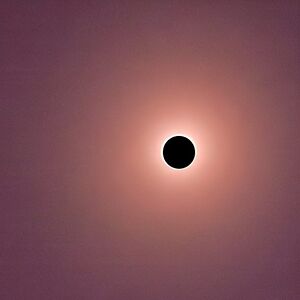Time in Vosmona
Time in Vosmona is regulated by the Treaty of Úrraon, signed in 4032. The treaty, agreed upon by delegates across nearly all political and cultural groups, would compromise differing time systems to establish the Vosmona Standard Time, stating the current year - as of the treaty - to be 4032. The year was chosen based on the earliest recorded history, stone tablets detailing archaic religious practices around the Mrtós Event in what is now Oruania. Dates are denoted with RH, meaning Recorded History. Events prior to this are denoted PRH, Prior to Recorded History.
The current year in Vosmona is 4086 RH.
Implementation of VST
Vosmona Standard Time was imposed by the Treaty of Úrraon, Tírmon in 4032, one of many treaties signed in the city through the ages. The summit featured major Liberal, Syndicalist, and Monarchist powers, as well as representatives from nearly all cultural groups. The major exception to this was Nahaaspo, which featured only 2 representatives, one of which was a post-colonial nation. This exclusion has led to some of the last hold-outs to the standard time existing within the continent.
Time Standards based on Planetary Rotation

Daily time is based on a full rotation of Vosmona, which takes 21.5 hours as understood by the reader. In Vosmona, days consist of 20 hours, each clocking in at 65 minutes, for exactly 1300 minutes each solar day. This is stylised such as 20:63, 13:65, or 02:00, for instance.
Each year clocks in at 469,300 minutes. However, this approximation is not exact, resulting in leap years alternating every 6 and 7 years in Vosmona. These leap days occur the day following the Mrtós Event, at the end of Nowruz. Each year has 361 days, except for leap years with 362.
Time Standards based on Lunar Rotation
Vosmona is home to two moons. Myrne is a small moon, rotating close to the planet, and is the moon the months are based on. Thirteen months occur each year, at 30 days each. Weeks are divided in an eclectic manner, with three nine day weeks, followed by a three day week to close the month. Days are called by local names, while most international use displays months and numerical dates.
The other moon of Vosmona is Bis-Mafre, a bright red, but even smaller moon, rotating farther. Its colour, and the fact that it is tidally landlocked to Vosmona, means it is visible nearly the entire year through day and night, having its own rise and fall timing.
List of Months
(Note this list is based on Amrosyan naming standards, while many languages will have their own names for these months)
- Zarandust
- Ardibahshta
- Ravandar
- Tirmehr
- Morvand
- Shahraz
- Mehranthi
- Ardanev
- Azarnox
- Deyanara
- Bahramos
- Esfandir
- Nowruz
The Mrtós Event
The Mrtós Event is an annual lunar event in which Vosmona's Sun, Bis-Mafre, and Myrne eclipse one another in the sky, creating a brief period of intense aurora borealis across the entire planet, especially intense in the extreme north and south points of landmasses. The event is celebrated almost universally in every culture by some sort of holiday, festival, or religious tradition.
